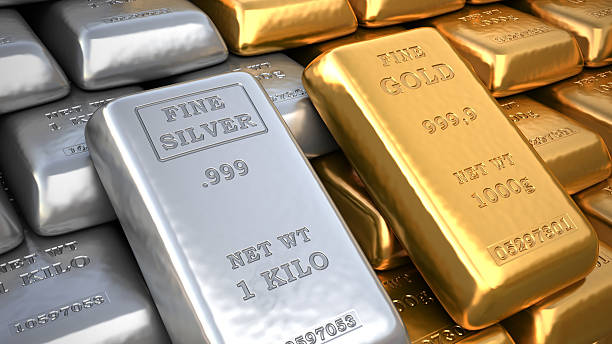The inventor of Coca-Cola only saw two years of (very small) sales of his now world-famous drink before he died in 1888. Prior to his death he sold stakes to various people with the majority interest being bought by Asa G. Candler – the most valuable items being the formula for the syrup and the copyright on the “Coca-Cola Syrup and Extract” label registered at the U.S. patent office. Candler gained complete ownership in 1891 paying out $2,300. He grew the soda fountain business beyond Atlanta, but it wasn’t until a customer installed his own bottling machinery in 1894 that we had the portable version of the drink. About the same time the Coca-Cola script trademark was registered with the U.S. patent office, but the company was still small, with an advertising budget of only $11,000 per year.

Warren Buffett, in his 1996 letter, reflected on the soundness of the strategy established in the nineteenth century, that is, emphasising a quality drink distinguished by a strong brand:
”I was recently studying the 1896 report of Coke (and you think that you are behind in your reading!). At that time Coke, though it was already the leading soft drink, had been around for only a decade. But its blueprint for the next 100 years was already drawn. Reporting sales of $148,000 that year, Asa Candler, the company’s president, said: “We have not lagged in our efforts to go into all the world teaching that Coca-Cola is the article, par excellence, for the health and good feeling of all people.” Though “health” may have been a reach, I love the fact that Coke still relies on Candler’s basic theme today – a century later. Candler went on to say, just as Roberto could now, “No article of like character has ever so firmly entrenched itself in public favor.” Sales of syrup that year, incidentally, were 116,492 gallons versus about 3.2 billion in 1996.”
The number of bottlers grew to over 1,000 over the next twenty years as the beverage went to every state in the union, and to Canada, Cuba, Panama and the Philippines. Irritatingly, due to the lack of consistency in bottle design competitors were able to pass-off their imitations easily, using a slightly different name but similar script. So, in 1916 the bottlers all agreed to the distinctive contoured bottle, which, being so recognisable, helped reinforce the power of the brand.
Growing as a public company
In 1919 The Coca-Cola Company was purchased by Ernest Woodruff and his investor group for $25m, and later that year it was floated on the New York Stock Exchange at $40 a share (500,000 shares sold).
A few tumultuous years followed in which the company was locked into high sugar prices and wasted time on lawsuits over trademarks protection and bottling agreements. The share fell to $19.50 by the end of 1920.
Ernest persuaded his son, Robert, to leave his successful a career as a motor company executive and take a $50,000 pay cut to lead the Coca Cola company in 1923. Thus began his six decades as President or Chairman or senior director (semi-retired) of Coca-Cola.
Robert Woodruff was adamant that the drink must be consistently excellent and within an “arms reach of desire”. He employed a team of highly trained staff to encourage and help fountain retailers serve Coca-Cola to perfection and to aggressively sell the drink. He also raised the quality consistency of the bottled version and pumped money into advertising it. By 1929 bottles sales exceed fountain sales.
And he internationalised: starting in only five countries in 1923, the company had pushed into 30 by 1930. He carefully crafted the brand image; spending money on association with great events such as the Olympic Games (first in 1928).
In 1938 Fortune magazine acknowledged that Coca-Cola was a great product, brand and company, but that investors, already excited by its prospects, were taking an insufficiently rewarded risk by investing in its shares at a price judged by Fortune as too high. Buffett was also criticised for paying an excessive price in 1993, and so he reflected on what had happened to the share over the previous 74 years in his 1993 letter to Berkshire shareholders:
“Coke went public in 1919 at $40 per share. By the end of 1920 the market, coldly reevaluating Coke’s future prospects, had battered the stock down by more than 50%, to
………………To read more subscribe to my premium newsletter Deep Value Shares – click here http://newsletters.advfn.com/deepvalueshares/subscribe-1

 Hot Features
Hot Features












